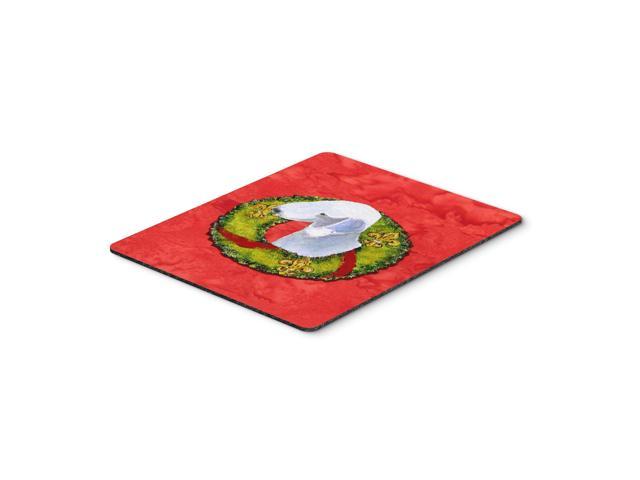Excerpt from Blondes and Brunets
It is obvious that a student of the now fa mous Blackford method cannot determine a person’s character from any one set of quali ties. Frequently, after a given set of quali ties has made a certain strong indication of character, a second or third set will modify the first deductions.
Yet each deduction is, as far as it goes, cer tain and sure. Of all the sets of qualities observable and useful in determining charac ter, the color scheme of the person observed is perhaps the most fascinating to the layman and most clearly and dramatically proved by ethnology and biology to have just that im portance in character analysis that Dr. Black ford assigns to it.
This little volume shows the general scheme used by Dr. Blackford in using color to determine character. It is not a text book, -that belongs in the author’s extraordinary study course teaching people in detail the entire science, and how to use it, - but it is marvelously suggestive and illuminating. If it will only prove an alluring stepping stone for the reader toward the full comprehension and mastery of a science as essential as it is new, the volume will a thousand times repay him or her for the reading.
Bear in mind that whereas a certain degree of blondeness or darkness in an individual is, as this volume proves, an infallible indication of character, as far as it goes, - no reader must conclude that it goes all the way.
About the Publisher
Forgotten Books publishes hundreds of thousands of rare and classic books. Find more at www.forgottenbooks.com
This book is a reproduction of an important historical work. Forgotten Books uses state-of-the-art technology to digitally reconstruct the work, preserving the original format whilst repairing imperfections present in the aged copy. In rare cases, an imperfection in the original, such as a blemish or missing page, may be replicated in our edition. We do, however, repair the vast majority of imperfections successfully; any imperfections that remain are intentionally left to preserve the state of such historical works.















